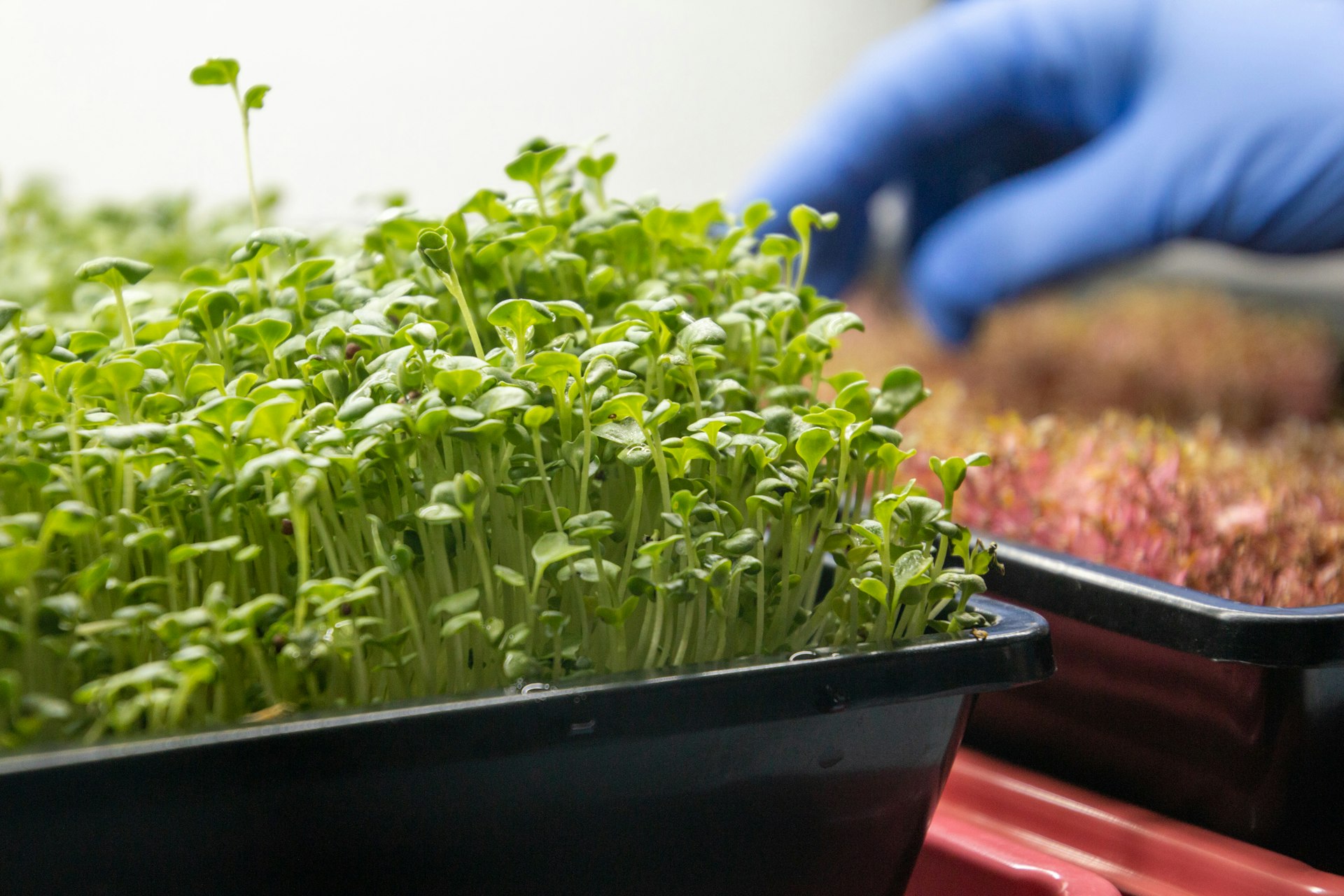Unlocking Digestive Wellness: Practical Probiotic Recipes for a Happier Gut

Photo by Louis Hansel on Unsplash
Why Gut Health Matters
Supporting your gut isn’t just about feeling less bloated-it’s vital for nutrient absorption, immune function, and even mood regulation. The gut microbiome , a diverse community of beneficial bacteria, influences nearly every aspect of health. Consuming probiotic-rich foods can help replenish and maintain this microbiome, potentially reducing inflammation, enhancing digestion, and strengthening immunity [1] . While supplements exist, experts often recommend whole foods for a more natural approach [2] .
Understanding Probiotics and Fermentation
Probiotics are live microorganisms, mainly bacteria and yeasts, that confer health benefits when consumed in adequate amounts. Fermented foods like yogurt, kimchi, sauerkraut, and miso are natural sources of these beneficial microbes. The process of fermentation preserves foods and enhances their nutritional value by increasing levels of vitamins, minerals, and bioactive compounds [4] .
Fermented foods are often easy to digest and may contain both
probiotics
and
prebiotics
-fibers that feed beneficial bacteria. Together, they create a synergistic effect for optimal gut health
[5]
.
Essential Techniques: Making Your Own Probiotic Foods
Home fermentation is accessible and cost-effective, offering control over ingredients and flavors. For beginners, a simple lacto-fermentation process works with most vegetables. Here’s a basic method [4] :
- Choose your vegetables: Cabbage, carrots, radishes, or cucumbers work well.
- Prepare a 2% salt brine: Dissolve 20g salt in 1 liter of water.
- Submerge the veggies in the brine in a sterilized jar, ensuring all pieces are covered.
- Ferment at room temperature for 3-10 days, tasting daily. The longer it sits, the tangier it gets.
Maintain hygiene throughout the process to prevent contamination. Store finished ferments in the fridge to slow fermentation and enjoy over several weeks.
Five Proven Gut-Friendly Probiotic Recipes
1. Fermented Veggie Bowl with Tahini Dressing
This bowl combines quinoa, sauerkraut, carrots, cucumber, and a lemony tahini dressing for a crunchy, flavorful meal. Sauerkraut supplies probiotics, while the variety of vegetables provides fiber and micronutrients-both essential for gut health. To recreate this at home, follow these steps:
- Arrange 1 cup cooked quinoa, 1/2 cup sauerkraut, 1/2 cup shredded carrots, and 1/2 cup sliced cucumber in a bowl.
- Whisk together 1 tbsp tahini, 1 tbsp lemon juice, and 1 tbsp olive oil for the dressing.
- Drizzle dressing over the bowl and serve immediately [1] .
For variety, substitute sauerkraut with other fermented vegetables or add grilled tofu for extra protein.
2. Homemade Yogurt Parfait with Berries and Chia
Yogurt is a classic probiotic food when made with live active cultures. Layer plain yogurt with fresh berries and chia seeds for an easy breakfast or snack. Berries add antioxidants and fiber, while chia seeds offer omega-3s and promote satiety. For a dairy-free option, use coconut yogurt with live cultures [1] .

Photo by Mohammad Lotfian on Unsplash
If you prefer homemade yogurt, many online guides provide step-by-step instructions. Use search terms like “how to make yogurt at home” to find reliable recipes from reputable food blogs or university extension services.
3. Kimchi Fried Rice with Brown Rice
Kimchi is a spicy Korean fermented vegetable dish, often made with cabbage, radish, and spices. When added to fried rice, it delivers a satisfying meal loaded with flavor and probiotics. Studies suggest regular kimchi consumption may support immune, brain, and skin health [2] . To prepare at home:
- Stir fry cooked brown rice with chopped kimchi, vegetables (like carrots or peas), and an egg or tofu for protein.
- Add kimchi just before serving to preserve the live cultures.
To make your own kimchi, refer to trusted sources such as the USDA National Center for Home Food Preservation or reputable cookbooks.
4. Kombucha Fruit Popsicles
Kombucha is a fermented tea rich in probiotics. For a fun, gut-friendly dessert, combine kombucha with fresh fruit in popsicle molds. The result is a refreshing treat with a dose of beneficial bacteria [1] . If you’re new to kombucha, start with small servings to see how your digestive system responds.
To make your own kombucha, search for guides by university extension programs or reputable food safety organizations.
5. Homemade Probiotic Ganji Annam (South Indian Fermented Rice)
This traditional recipe involves fermenting rice overnight with milk and curd, creating a naturally probiotic-rich porridge. Known for aiding digestion and nutrient absorption, it’s a staple breakfast in parts of India [3] . For step-by-step instructions, watch verified cooking videos from established YouTube channels or culinary websites.
Tips for Incorporating Probiotic Foods into Daily Life
Consistency is key. Here’s how you can make probiotic foods a regular part of your diet:
- Start with small portions, especially if you’re new to fermented foods, to minimize digestive discomfort.
- Rotate different types of fermented foods to diversify your gut bacteria.
- Pair probiotic foods with high-fiber prebiotics like fruits, vegetables, or whole grains for maximum benefit.
For more recipe inspiration, you can look up “gut-friendly recipes” on large, reputable food sites such as BBC Good Food or Olive Magazine. These sources frequently update their collections with new, science-backed dishes [5] , [2] .
Step-by-Step: Safely Preparing and Storing Fermented Foods
Fermentation is generally safe, but it’s crucial to maintain cleanliness:
- Wash hands and sterilize jars before use.
- Monitor ferments daily for signs of spoilage-discard anything with mold or a foul odor.
- Store finished products in the refrigerator to maintain flavor and probiotic quality.
If you have underlying health conditions or compromised immunity, consult a healthcare professional before introducing new fermented foods.
Alternative Approaches and Troubleshooting
If you encounter challenges with homemade fermentation-such as unusual smells or textures-refer to official food safety guidelines or consult university extension services. Many local libraries and community centers offer fermentation workshops, and there are numerous online forums where experienced fermenters can provide advice.
If you lack time for DIY fermentation, grocery stores often carry ready-made probiotic foods. Look for yogurt labeled “live and active cultures,” raw sauerkraut, kimchi, miso, and refrigerated kombucha. Always check expiration dates and storage instructions for optimal quality.
How to Find More Gut-Friendly Recipes and Resources
For more ideas, you may:
- Search for “probiotic recipes” on trusted sites like BBC Good Food or Olive Magazine.
- Look for culinary books focused on fermentation, which are available at most major bookstores and libraries.
- Consult registered dietitians for personalized guidance, especially if you have dietary restrictions or chronic digestive concerns.
Remember, there’s no single best approach; experiment with different ingredients and methods to find what works for your tastes and lifestyle.
References
- [1] Urban Chiropractic (2024). Probiotic Foods Made Easy: 5 Recipes for a Happy Gut.
- [2] Olive Magazine (2024). 31 Recipes for a Healthy Gut.
- [3] YouTube (2025). Homemade Probiotic Ganji Annam Recipe For Gut Health.
- [4] The Happy Pear (2024). Best Probiotics for Gut Health – Homemade.
- [5] BBC Good Food (2024). Gut-Friendly Recipes.
MORE FROM hotondeals.com













